In recent years, the contact grill market has seen a surge in popularity, with consumers increasingly gravitating towards these versatile cooking appliances. As we delve into the dynamics of this market, it becomes apparent that the landscape is not only shaped by the rise of private label products but also by the challenges and opportunities that lie ahead for key players and the overall industry. This article aims to shed light on these aspects, offering a comprehensive overview of the contact grill market in Europe and North America.
TheRisingPopularityofContactGrills
The Rising Popularity of Contact Grills
Contact grills, once a niche appliance, have seen a meteoric rise in popularity across Europe and North America. This surge in demand can be attributed to several factors that have collectively transformed the contact grill from a specialty item to a staple in many modern kitchens.
Firstly, the convenience factor cannot be overstated. Contact grills are designed to provide a quick and easy cooking experience, perfect for busy households or individuals looking to prepare a meal without spending hours over a stove or grill. Their compact size and ease of use have made them a go-to choice for those who value efficiency and simplicity in their cooking appliances.
Secondly, the health benefits of contact grilling have become increasingly appealing. With its ability to cook food with minimal oil, contact grills offer a healthier alternative to traditional frying methods. This has been a significant draw for health-conscious consumers who are looking to reduce their intake of fats and calories without compromising on taste.
The versatility of contact grills is another key driver of their popularity. These appliances can be used to cook a wide variety of foods, from meats to vegetables, offering a level of culinary flexibility that is hard to match. The even heat distribution ensures that food is cooked to perfection, with a delicious crust on the outside and a tender interior.
In recent years, there has been a marked shift towards smart kitchen appliances, and contact grills have not been left behind. Many modern models now come equipped with digital controls and temperature settings, allowing users to achieve precise cooking results with ease. This technological advancement has made contact grills more accessible to a broader audience, including those who may not have been as confident in their culinary skills.
Moreover, the aesthetic appeal of contact grills has played a role in their popularity. These appliances are often sleek and modern in design, fitting seamlessly into contemporary kitchen aesthetics. The sleek lines and often stainless steel construction of contact grills add a touch of elegance to any kitchen countertop.
The rise of outdoor living and the popularity of barbecuing have also contributed to the increased demand for contact grills. While traditional grilling is a favorite pastime for many, contact grills offer a more controlled and consistent cooking experience, especially in smaller spaces or during inclement weather. This has made them a convenient alternative for those who still want to enjoy the flavors of grilled food without the need for an outdoor grill.
Furthermore, the rise of private label brands has expanded the market for contact grills. Consumers are increasingly seeking out private label options for their quality and affordability. These brands often offer high-quality appliances at a fraction of the cost of name brands, making contact grills more accessible to a wider range of consumers.
The rise of social media and influencer culture has also had a significant impact on the popularity of contact grills. Influencers and chefs often showcase their culinary creations using contact grills, sparking interest and curiosity among their followers. This kind of word-of-mouth marketing has been instrumental in driving sales and expanding the market reach of contact grills.
Lastly, the growing trend of meal prepping and batch cooking has made contact grills a practical choice for many. The ability to cook large quantities of food at once, while maintaining quality and flavor, is a major advantage for those looking to save time during the week. Contact grills have become a staple in meal prep routines, offering a quick and efficient way to prepare meals that can be enjoyed throughout the week.
In conclusion, the rising popularity of contact grills in Europe and North America is a multifaceted phenomenon driven by convenience, health benefits, versatility, technological advancements, aesthetic appeal, and the growth of private label brands. As these factors continue to influence consumer behavior, it’s clear that contact grills are here to stay, becoming an integral part of modern kitchens.
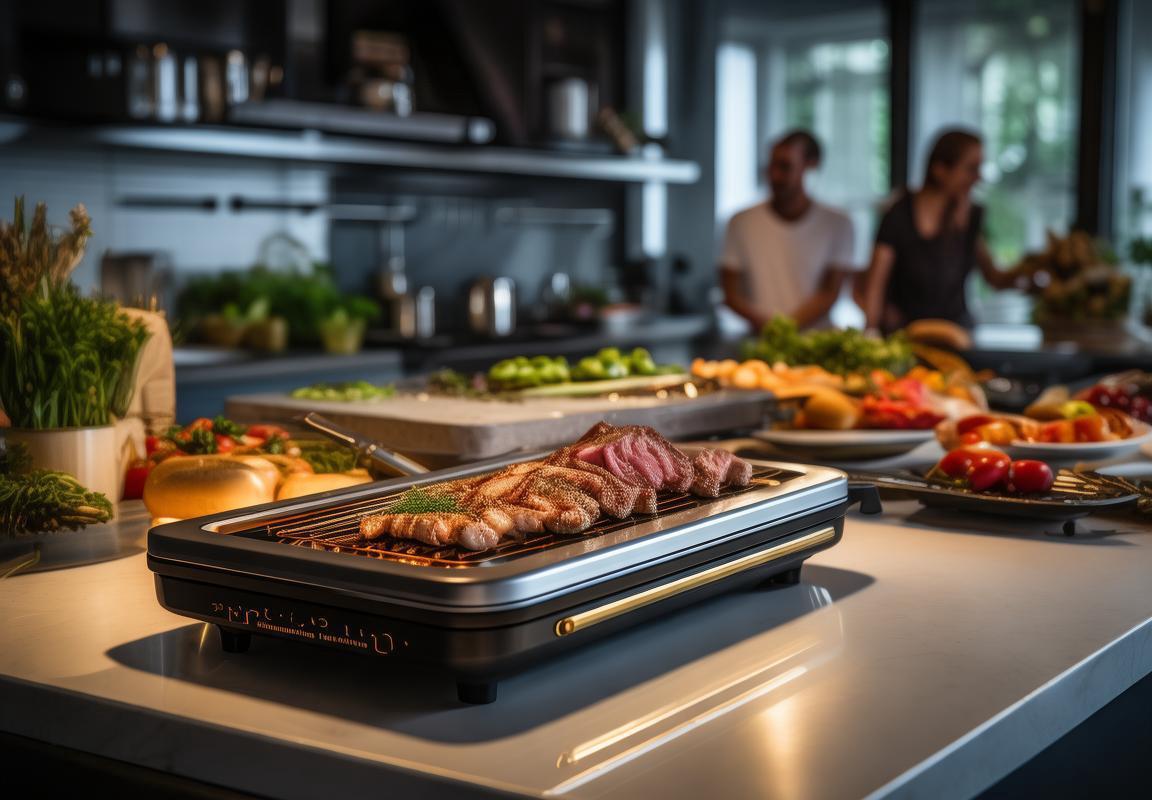
MarketDynamicsinEuropeandNorthAmerica
In Europe, the contact grill market has seen a significant surge in popularity, driven by a combination of culinary trends and health-conscious consumer preferences. The rise of outdoor cooking and the desire for healthier cooking methods have propelled the demand for contact grills. These compact appliances offer a unique cooking experience, sealing in flavors and juices while ensuring a perfectly cooked surface on both sides of the food.
The North American market, on the other hand, has been slower to embrace contact grills, but there is a noticeable shift in consumer behavior. Health and wellness are at the forefront, with more people seeking low-fat and low-calorie cooking options. Contact grills fit this bill perfectly, as they allow for grilling without the need for excessive oil, making them an attractive choice for health enthusiasts.
The European market has been particularly responsive to contact grills due to the region’s diverse culinary traditions. From the Mediterranean’s love for fresh, grilled vegetables and seafood to the hearty German bratwurst, contact grills offer a versatile cooking solution that complements various cuisines. Additionally, the European market is known for its innovation, and contact grill manufacturers have been quick to adapt and introduce new features, such as adjustable temperature controls and non-stick surfaces, to cater to these preferences.
In North America, the market dynamics are slightly different. The initial hesitation can be attributed to the strong presence of traditional grilling methods and the dominance of outdoor grills in the backyard culture. However, as consumers become more aware of the convenience and health benefits of contact grills, the market is beginning to grow. The rise of indoor cooking due to changing lifestyles, such as smaller living spaces and busier schedules, has also played a role in the increased interest in contact grills.
The distribution channels for contact grills in both regions are varied, with a mix of online and offline sales. In Europe, brick-and-mortar stores, including kitchenware shops and department stores, are popular destinations for consumers looking to purchase contact grills. Online sales have also seen a surge, with e-commerce platforms offering a wide range of options and competitive pricing.
In North America, the landscape is similar, with a strong presence of online retailers and a growing number of specialty kitchen stores that focus on small appliances. The rise of home delivery services has further facilitated the purchase of contact grills, as consumers can now have these appliances delivered straight to their doorstep.
Another factor influencing the market dynamics is the increasing interest in outdoor cooking, even in urban settings. Contact grills offer a convenient alternative for those who enjoy the taste of grilled food but lack the space or equipment for traditional outdoor grilling. This has led to a rise in portable and compact contact grill models, which are gaining popularity among city dwellers and apartment residents.
The competitive landscape in both Europe and North America is characterized by a mix of established brands and emerging players. Established brands have leveraged their reputation and distribution networks to capture a significant share of the market. However, the emergence of private label and generic brands has introduced more affordable options, making contact grills accessible to a broader consumer base.
As the market continues to evolve, there are several key trends that are shaping the contact grill market in both regions. One such trend is the focus on sustainability and eco-friendly materials. Consumers are increasingly concerned about the environmental impact of their purchases, and manufacturers are responding by offering contact grills made from recycled materials or with energy-efficient designs.
Another trend is the integration of smart technology. While smart grills are still a niche market, there is growing interest in appliances that can be controlled remotely via smartphone apps. These smart features not only add convenience but also provide users with the ability to monitor and adjust cooking temperatures, ensuring the best possible results.
In conclusion, the contact grill market in both Europe and North America is experiencing a dynamic period of growth. The demand for healthier cooking methods, coupled with the convenience and versatility of contact grills, is driving market expansion. As consumer preferences continue to evolve, so too will the offerings from manufacturers, ensuring that contact grills remain a popular choice for years to come.
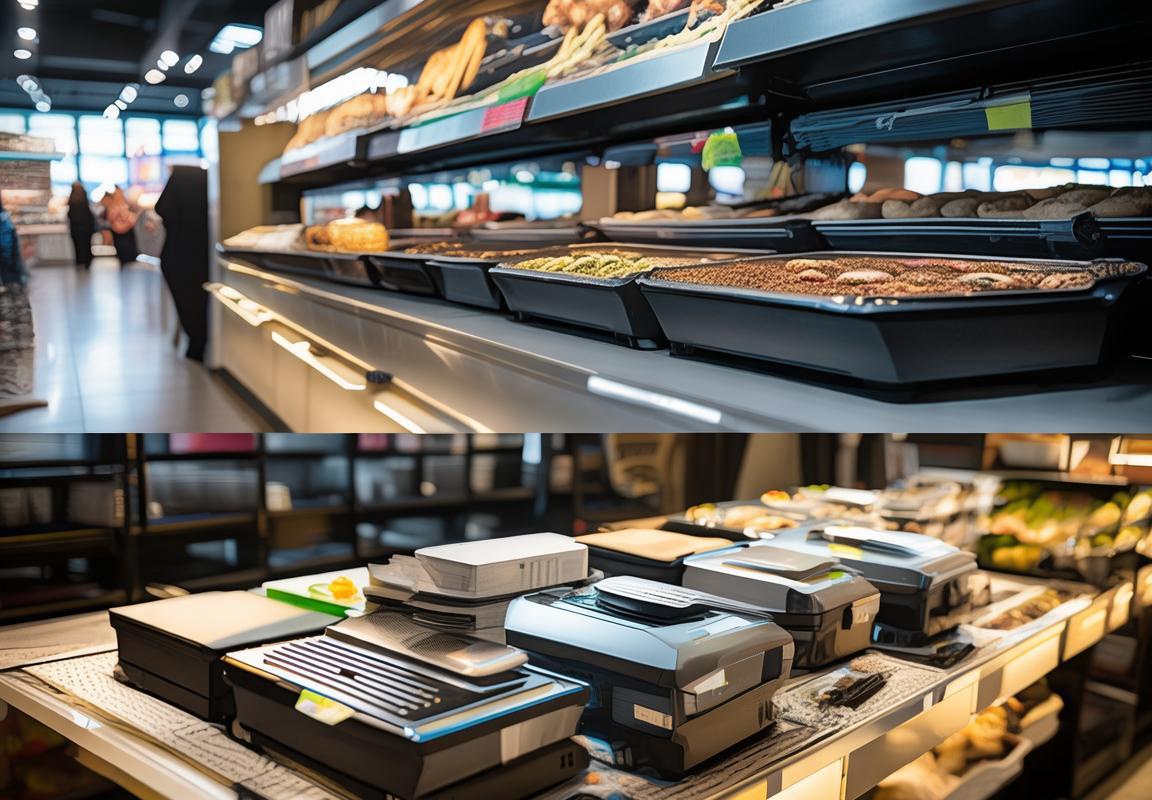
PrivateLabelvs.BrandedProducts
Private label products have gained significant traction in various retail sectors, and the contact grill market is no exception. Let’s delve into how private label contact grills stack up against branded counterparts in Europe and North America.
Private label contact grills often come with a more attractive price point. Retailers can offer these products at a lower cost than national brands, appealing to budget-conscious consumers who are looking for high-quality appliances without the premium price tag. This affordability makes private label grills an appealing option for those just entering the world of outdoor cooking or those looking to upgrade without breaking the bank.
The flexibility in design and customization is another advantage of private label products. Retailers can collaborate with manufacturers to create contact grills that align with their specific brand identity or cater to regional preferences. This can lead to unique features or a distinct look that sets the private label apart from more standardized branded products.
Branded contact grills, on the other hand, tend to offer a wider range of features and technology. These brands have often invested in research and development to provide consumers with cutting-edge cooking capabilities. While private label may lack some of these high-tech features, they often compensate with simplicity and ease of use, which can be more than enough for the average consumer’s needs.
Consumer perception plays a crucial role in the choice between private label and branded products. Many shoppers believe that branded products are synonymous with higher quality, even when the private label offers similar specifications. This perception can be due to the brand’s marketing efforts, historical reputation, or simply the consumer’s familiarity with the brand.
In terms of after-sales service, private label contact grills might not always match the support offered by branded products. Branded manufacturers typically have a strong network of service centers and customer support teams, ensuring that their customers receive assistance when needed. Private label retailers might not have the same level of support, but they can sometimes leverage the manufacturer’s service infrastructure.
Retailers also have the advantage of building customer loyalty through their private label brands. By offering exclusive products that are only available at their stores, they can create a sense of exclusivity and encourage repeat purchases. This strategy can be particularly effective in fostering a relationship between the retailer and the consumer, which can translate into increased sales over time.
Another factor to consider is the distribution network. Private label products often have a more direct supply chain, which can result in shorter lead times and better inventory management. This efficiency can be passed on to the consumer in the form of a wider selection of products and quicker availability.
When it comes to marketing and advertising, branded contact grills have a larger budget to promote their products through various channels. This extensive marketing can create a strong brand image and make their products more visible to consumers. Private label, however, can rely on in-store promotions, which can be more targeted and localized, often resulting in a more personal touch.
Despite these differences, the success of private label contact grills can be attributed to the competitive pricing, unique design options, and the ability to tailor products to meet specific market demands. Retailers are increasingly recognizing the value in offering their own private label brands as a way to differentiate themselves from competitors and build customer loyalty.
In conclusion, the debate between private label and branded contact grills boils down to personal preferences, budget constraints, and the perceived value of the brand. While branded products might have a leg up in terms of innovation and after-sales service, private label products are making significant strides by offering affordability and customization that resonate with many consumers.
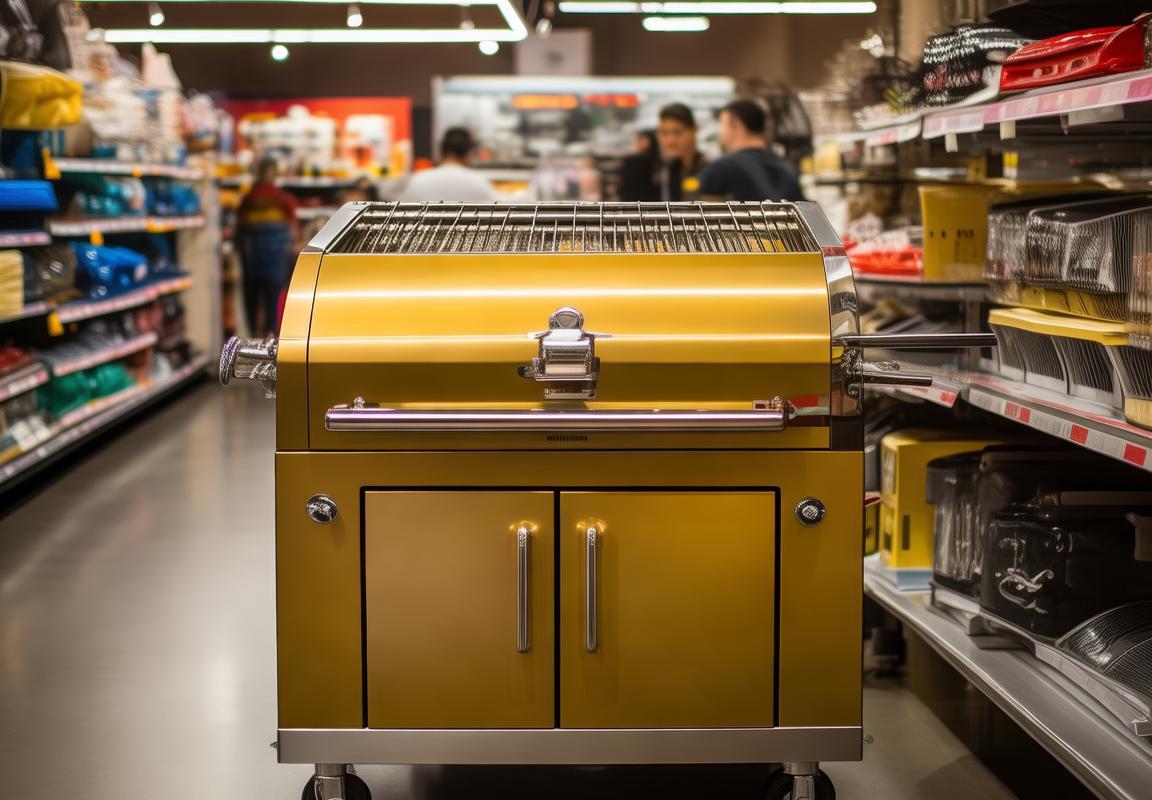
ContactGrillPlantOperations
In the world of kitchen appliances, contact grills have surged in popularity, and the manufacturing landscape reflects this trend. These compact, countertop grills have become a staple in many European and North American households, offering a convenient way to achieve restaurant-quality sear marks on meats. The production of contact grills, especially in the private label sector, involves a meticulous process that combines advanced technology with efficient operations.
The manufacturing process for contact grills typically begins with the selection of high-quality materials. These appliances are often constructed from stainless steel for durability and ease of cleaning. The heating elements are carefully designed to ensure even heat distribution across the grill surface, crucial for achieving those perfect grill marks.
Assembly lines are designed to streamline the production process, with each station focusing on a specific task. Workers meticulously and attach the heating elements to the grill’s base, ensuring they are evenly spaced and securely fastened. The metal grill plates, which come into direct contact with the food, are polished to a high shine and are often coated with a non-stick material to enhance user experience.
Quality control is a paramount aspect of contact grill plant operations. Inspectors rigorously test each unit for functionality and safety. This includes checking the electrical components for any defects, verifying the temperature control mechanisms, and ensuring that the grill plates reach the correct heat before being shipped. The adherence to strict safety standards is essential, especially since contact grills are designed for direct food contact.
In terms of design, modern contact grill plants incorporate innovative features. For instance, many grills now come with adjustable heat settings, allowing users to control the cooking temperature to their liking. Some models also include a drip pan to catch excess fat, reducing the risk of flare-ups and making cleanup easier. The integration of these features requires precision in the design and production process.
The automation of certain tasks in contact grill manufacturing has become increasingly common. Robots are used for tasks such as welding and assembly, where precision is key. This automation not only improves efficiency but also ensures consistency in the final product. Workers are trained to monitor these robotic systems, ensuring that they run smoothly and that any issues are addressed promptly.
In the realm of private label production, contact grill plants often tailor their offerings to meet the specific needs of their clients. This might involve customizing the design to include certain features or branding the appliance with a client’s logo. The flexibility to adapt to these requirements is a significant advantage of private label manufacturing.
Energy efficiency is another consideration in contact grill plant operations. As environmental concerns grow, manufacturers are focusing on creating appliances that consume less energy while still delivering the same performance. This involves optimizing the heating elements and exploring alternative materials that offer better thermal conductivity.
Transportation logistics play a crucial role in the contact grill manufacturing process. Ensuring that products are packaged securely to withstand shipping is vital. The packaging design must protect the grill from damage while also being cost-effective and environmentally friendly. Some plants have even started using biodegradable materials to reduce their carbon footprint.
The final phase of contact grill plant operations is distribution. Efficient inventory management is essential to keep production lines running smoothly and to meet customer demand. Plants often have sophisticated tracking systems to monitor inventory levels and manage orders effectively.
In conclusion, the operations of contact grill plants, particularly in the private label sector, are a blend of advanced technology, meticulous craftsmanship, and strategic logistics. From the selection of materials to the final packaging, every step is designed to ensure that the end product is not only high-quality and functional but also meets the unique requirements of the market and its customers.
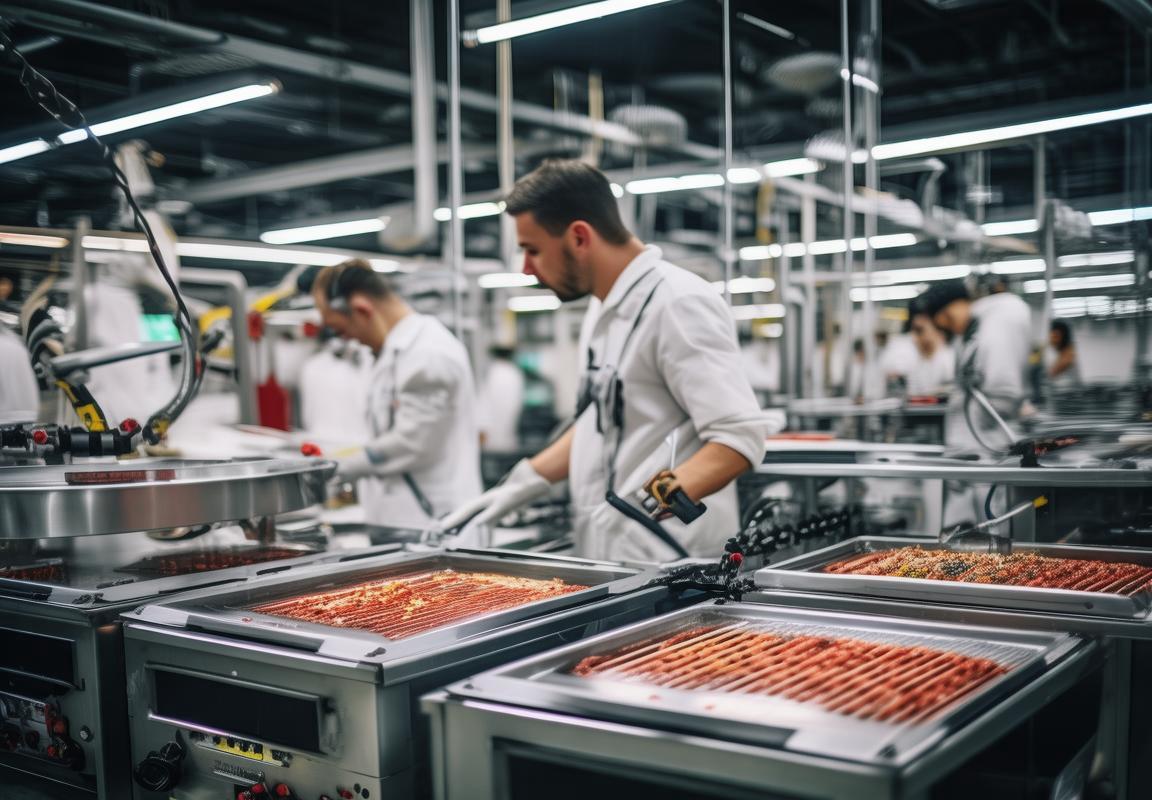
DistributionChannels
In the bustling landscape of the contact grill market, the distribution channels play a pivotal role in reaching consumers. Here’s an in-depth look at how these channels operate and the strategies behind them.
The Rise of Online RetailersOnline platforms have revolutionized the way consumers shop for kitchen appliances. Websites like Amazon, eBay, and specialized e-commerce sites for home goods have become go-to destinations for contact grill enthusiasts. These retailers offer a vast selection, competitive pricing, and the convenience of doorstep delivery, making them a preferred choice for many.
Specialized Retail OutletsBrick-and-mortar stores that specialize in kitchenware and appliances have long been a staple in the distribution landscape. Stores like Williams-Sonoma, Bed Bath & Beyond, and local kitchen stores provide a tactile shopping experience, allowing customers to see and feel the product before purchasing. These outlets often carry a mix of private label and branded contact grills, catering to different budgets and preferences.
Wholesale Distribution NetworksWholesale distribution is a key component of the contact grill market, especially for retailers looking to stock up on inventory. Distributors purchase large quantities from manufacturers and sell them to a wide range of retailers, including department stores, hardware stores, and online marketplaces. This network ensures that contact grills are available in various locations, from small town markets to large urban areas.
The Role of Home Improvement StoresHome improvement stores like Lowe’s and Home Depot have expanded their product lines to include kitchen appliances, including contact grills. These stores offer a one-stop shopping experience for home renovation projects, making them a convenient destination for customers who are also looking for other home improvement items.
Direct-to-Consumer SalesManufacturers of contact grills are increasingly exploring direct-to-consumer (DTC) sales channels. By selling directly to consumers, companies can bypass traditional retailers and offer competitive pricing, personalized customer service, and exclusive products. This approach can also provide valuable insights into consumer preferences and behavior.
The Importance of ShowroomsFor high-end contact grills, showrooms serve as a showcase for the latest models and features. These spaces allow potential buyers to see the product in action, ask questions, and receive guidance from knowledgeable staff. Showrooms are particularly effective for brands looking to position their products as premium and innovative.
Cross-Border E-CommerceWith the globalization of e-commerce, contact grill manufacturers and retailers are looking beyond domestic markets. Cross-border e-commerce platforms enable companies to reach international customers with ease. This channel is particularly popular in regions where local options are limited or where consumers are seeking unique products.
The Impact of Social MediaSocial media has become a powerful tool for distribution, allowing brands to reach a broad audience with minimal investment. Influencers, bloggers, and brand ambassadors often showcase contact grills on their platforms, driving traffic to online stores and increasing brand awareness. This digital marketing strategy complements traditional distribution channels and can significantly boost sales.
The Logistics of DeliveryEfficient logistics are crucial for maintaining customer satisfaction in the distribution process. Contact grill manufacturers must ensure that their products are packaged securely to prevent damage during transit. They also need to manage delivery schedules and track shipments to ensure timely delivery to customers.
The Future of Distribution ChannelsAs the contact grill market continues to evolve, distribution channels are likely to become even more diverse. The integration of technology, such as augmented reality (AR) for virtual showrooms, and the expansion of subscription-based models for appliance rentals could reshape how consumers interact with and purchase contact grills. The key will be for manufacturers and retailers to stay adaptable and responsive to changing consumer needs and preferences.
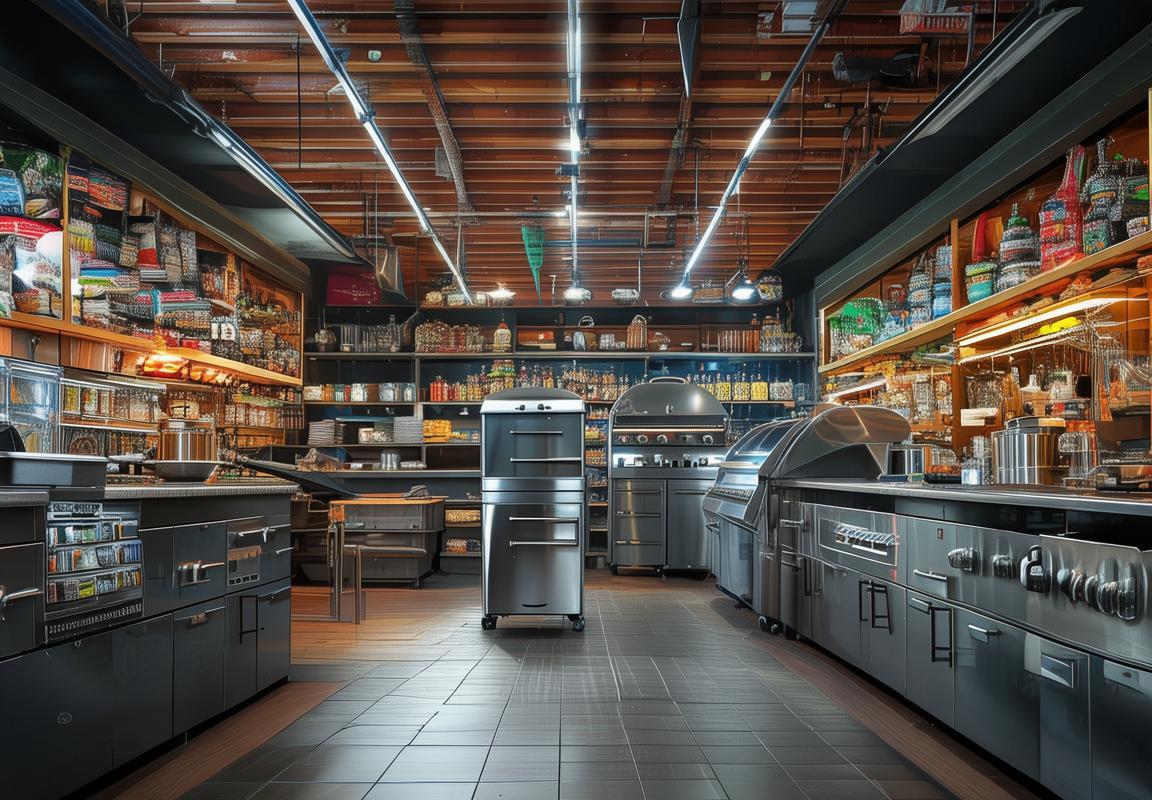
ChallengesandOpportunities
In the ever-evolving landscape of the contact grill market, several challenges and opportunities present themselves for manufacturers and retailers alike. Balancing innovation with consumer demand, navigating regulatory hurdles, and leveraging technological advancements are just a few of the key factors at play.
The demand for healthier cooking options continues to soar, and contact grills have become a popular choice for consumers looking to enjoy flavorful meals without the added fats found in traditional grilling methods. However, the path to success in this segment isn’t without its challenges.
-
Health and Safety ConcernsEnsuring that contact grills meet stringent health and safety standards is a crucial challenge. Manufacturers must invest in research and development to create products that not only deliver on taste and convenience but also prioritize user safety. From non-stick coatings to temperature control mechanisms, the industry must stay ahead of potential hazards.
-
Sustainability IssuesThe pressure to adopt sustainable practices is growing. Contact grill plants must find ways to reduce their environmental footprint, from sourcing materials to energy consumption and waste management. This includes exploring eco-friendly packaging and seeking out green manufacturing processes.
-
Innovation in DesignStanding out in a crowded market requires constant innovation. Designers are pushed to create new features that enhance user experience, such as adjustable heat settings, enhanced non-stick surfaces, and innovative cooking surfaces. However, this innovation must be balanced with affordability and ease of use.
-
Competition from Alternative Cooking MethodsThe rise of air fryers and other low-fat cooking alternatives has increased competition. Contact grill manufacturers must stay agile and adapt to changing consumer preferences, which may involve diversifying their product lines or developing new cooking solutions.
-
Distribution ChallengesEnsuring that products are available where consumers shop is a significant challenge. This includes managing a complex supply chain that spans from production to retail. Effective distribution strategies are key to reaching both urban and rural markets efficiently.
-
Consumer EducationThere’s a need to educate consumers about the benefits of contact grilling. Many are unfamiliar with the technology and its potential for creating delicious, healthy meals. Marketing campaigns and in-store demonstrations can help bridge this knowledge gap.
On the flip side, there are numerous opportunities for growth and innovation within the contact grill market:
-
Global ExpansionAs health consciousness spreads across the globe, there’s a significant opportunity to expand into new markets. Tailoring products to meet local tastes and preferences can open up new avenues for growth.
-
E-commerce GrowthThe rise of online shopping presents a chance to reach consumers directly. Contact grill manufacturers can leverage e-commerce platforms to offer a wider range of products and personalized shopping experiences.
-
Partnerships and CollaborationsCollaborating with foodservice providers and chefs can create co-branded products and marketing campaigns that resonate with consumers. This can also lead to new product developments based on culinary trends.
-
Subscription ModelsImplementing subscription services for contact grill accessories and replacement parts can provide a steady revenue stream and customer loyalty. This approach ensures that consumers always have the latest and most effective cooking tools.
-
Technology IntegrationIncorporating smart technology into contact grills can offer users real-time feedback and cooking guidance. This could include apps that provide recipes, cooking times, and even tips for achieving the perfect sear.
In conclusion, the contact grill market faces a mix of challenges and opportunities. By addressing safety and sustainability concerns, innovating in design, and adapting to the changing landscape of consumer preferences, manufacturers and retailers can capitalize on these dynamics to drive growth and success.

KeyPlayersandCompetitorAnalysis
The competition in the contact grill market is fierce, with several key players carving out their niches. Here’s a closer look at some of the key players and how they compete:
In Europe, brands like Gaggenau and Miele have long been synonymous with high-end kitchen appliances, including contact grills. Their products are often found in upscale homes and luxury hotels, where consumers are willing to pay a premium for quality and brand reputation. These companies invest heavily in research and development to ensure their grills are not only durable but also innovative, with features like variable temperature controls and non-stick surfaces.
On the other side of the Atlantic, in North America, there’s a different dynamic. Brands like George Foreman and Cuisinart have become household names in the kitchen appliance industry. They cater to a broader market, offering a range of contact grills at various price points. These brands have successfully leveraged marketing campaigns and endorsements from fitness experts to position their grills as healthy cooking alternatives.
Another significant player in the contact grill market is Hamilton Beach, known for its affordable yet functional kitchen gadgets. Their contact grills are often found in the middle price range, appealing to budget-conscious consumers looking for a quality appliance without breaking the bank.
The rise of private label brands has also had a notable impact on the market. These brands, sold under store-specific labels, have been able to compete with national brands by offering competitive pricing and sometimes even superior features. They’ve become a favorite among consumers who prefer the convenience of shopping in one place for all their needs.
In terms of innovation, some companies are focusing on smart technology integration. For instance, Breville has introduced contact grills that can be connected to smartphones, allowing users to control and monitor cooking sessions remotely. This kind of smart appliance is attracting tech-savvy consumers who are interested in the latest kitchen innovations.
While these key players have their strengths, they also face challenges. One major challenge is the increasing demand for energy-efficient appliances, especially in regions like Europe where sustainability is a growing concern. Companies must balance performance with energy consumption to meet these demands.
Another challenge is the competition from alternative cooking methods. As consumers become more health-conscious, there’s a growing interest in air fryers and induction cooktops, which offer different cooking experiences. Contact grill manufacturers must continually innovate to keep their products relevant and appealing.
In terms of competitor analysis, the market is characterized by a mix of direct competition, where brands vie for market share with similar products, and indirect competition, where contact grills are compared to other cooking methods. Companies like Hamilton Beach and Cuisinart often face competition from outdoor grilling products and indoor cooking appliances, making the market landscape complex.
The key to success in this competitive market lies in understanding consumer needs and preferences, investing in product innovation, and maintaining strong distribution channels. As consumer habits shift and technology advances, the key players in the contact grill market must be ready to adapt and evolve to stay ahead.

FutureOutlook
In the ever-evolving landscape of the contact grill market, several key players have emerged as industry leaders, each bringing their unique strengths and strategies to the table. Understanding the dynamics of these key players and their competitors is crucial for anyone looking to navigate the private label market effectively.
Innovation at the CoreOne of the standout players in the contact grill sector is known for its relentless pursuit of innovation. They have a reputation for integrating cutting-edge technology into their products, which has not only set them apart from competitors but also created a loyal customer base. Their focus on smart features and energy efficiency has made them a go-to brand for consumers looking for high-quality, eco-friendly cooking solutions.
Market Penetration StrategiesAnother major player has excelled in market penetration through strategic partnerships and targeted marketing campaigns. They have leveraged their extensive distribution network to ensure their private label contact grills are readily available in both online and offline channels. Their ability to adapt to local market trends and consumer preferences has allowed them to capture a significant share of the market.
Quality Control and SourcingA third key player has made a name for itself through stringent quality control measures and a commitment to sourcing the best materials. Their focus on durability and performance has earned them a reputation for producing some of the most reliable contact grills on the market. Their vertically integrated supply chain allows them to maintain high standards throughout the production process.
Competitive LandscapeThe competitive landscape in the contact grill market is diverse, with numerous players vying for market share. Smaller, niche brands often differentiate themselves through unique features or specialized designs, targeting specific consumer segments. Meanwhile, larger corporations have the resources to invest in research and development, expanding their product lines and enhancing their brand presence.
Collaborations and AcquisitionsSeveral key players have expanded their market reach through collaborations and acquisitions. By merging with or acquiring smaller companies, they have been able to tap into new markets and customer bases. These strategic moves have also allowed them to diversify their product offerings and strengthen their position in the industry.
Brand Recognition and TrustBrand recognition and trust are paramount in the contact grill market. Some key players have achieved this by investing heavily in brand building and customer service. They have cultivated a strong brand image through consistent messaging and a focus on customer satisfaction, which has translated into repeat business and positive word-of-mouth referrals.
Global ExpansionAs the contact grill market continues to grow, key players are looking beyond domestic markets to expand globally. This involves adapting products to meet international standards and preferences, as well as navigating complex regulatory environments. Successful global expansion requires a deep understanding of local markets and the ability to adapt marketing strategies accordingly.
Emerging TrendsThe competitive landscape is also shaped by emerging trends within the contact grill market. For instance, there is a growing interest in healthier cooking methods, which has led to the development of contact grills with non-stick coatings and adjustable temperature controls. Key players that can quickly adapt to these trends and incorporate them into their product lines are likely to gain a competitive edge.
Sustainability FocusIn recent years, sustainability has become a significant factor in consumer purchasing decisions. Key players that prioritize environmentally friendly practices and materials are not only attracting eco-conscious consumers but also setting a new standard for the industry. This focus on sustainability can be a powerful differentiator in a crowded market.
In conclusion, the contact grill market is characterized by a dynamic and competitive landscape, with key players and their competitors constantly striving to innovate, expand, and differentiate themselves. Understanding the strategies and offerings of these key players is essential for anyone looking to succeed in this ever-growing sector.